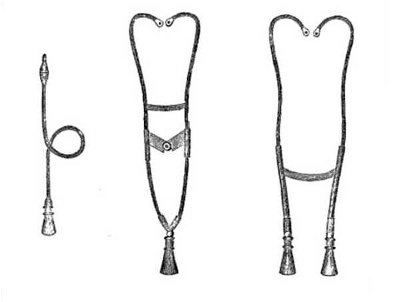16. Various treatments, some alarming, were part and parcel of the medieval doctor's manual for dealing with epilepsy. What was the common name given to this condition?
From Quiz Medieval Medical Treatments
Answer:
The falling sickness
Epilepsy, which can cause people to have seizures, depending on how the condition impacts them, is caused by unusual electrical activity in the brain. It has various causes, and today different treatments, some experimental, are used in attempts to control it. In ancient times, epilepsy was known as the "falling sickness" because the visible seizures that sometimes accompanied the illness resulted in its sufferers collapsing to the ground during the convulsive stage. Treatments used by medieval doctors were also varied, the more pleasant of which was a drink called St Paul's Potion - assorted herbs and spices mixed with honey and wine. Magic charms and amulets were also recommended as a treatment. When all these proved ineffective, there was always bloodletting of course, or, FAR worse - declaring that epilepsy meant the patient was under the control of a demon. The treatment for this meant drilling a hole in the patient's head to allow the demon to flee. That is of course unless the patient beat that demonic fiend out the door first.







 Quick Question
Quick Question
